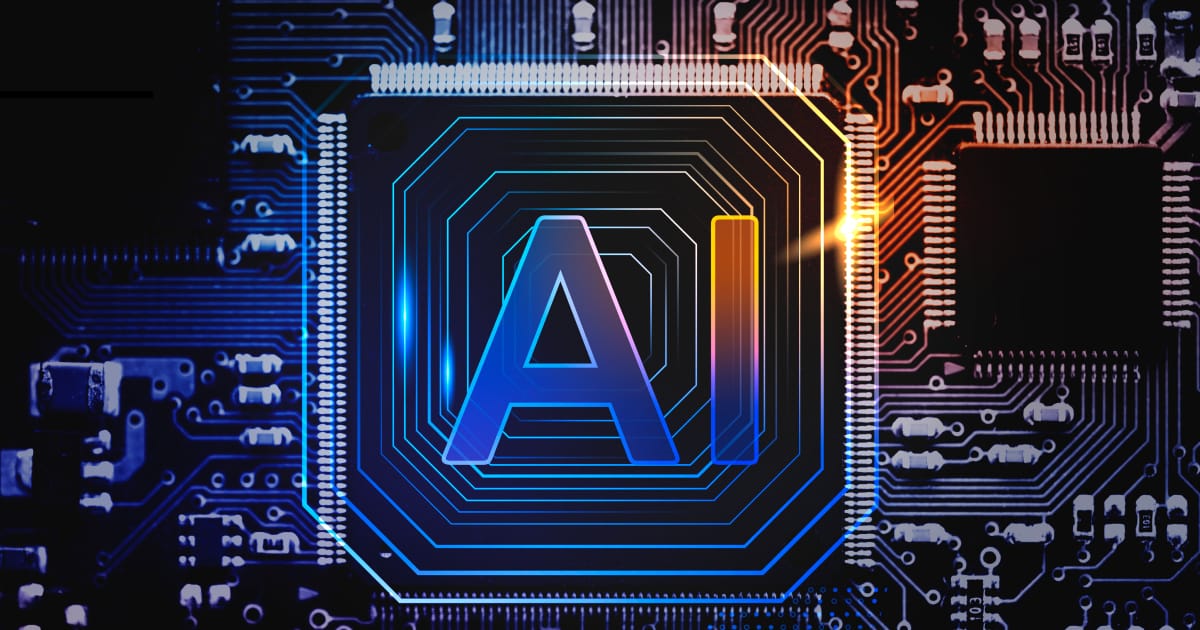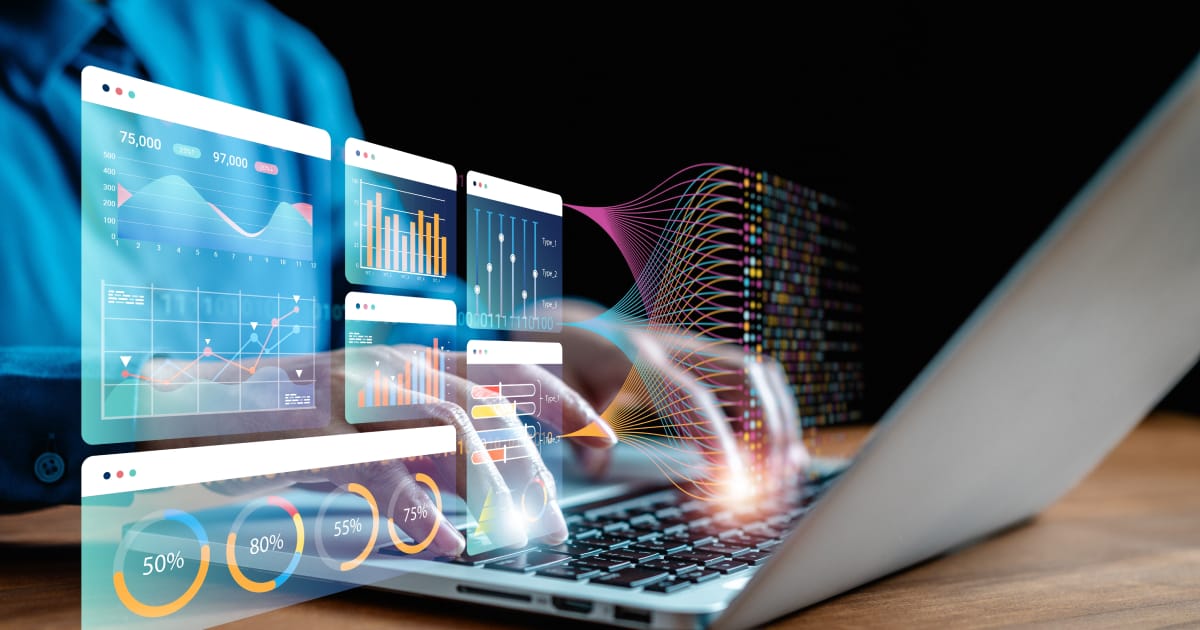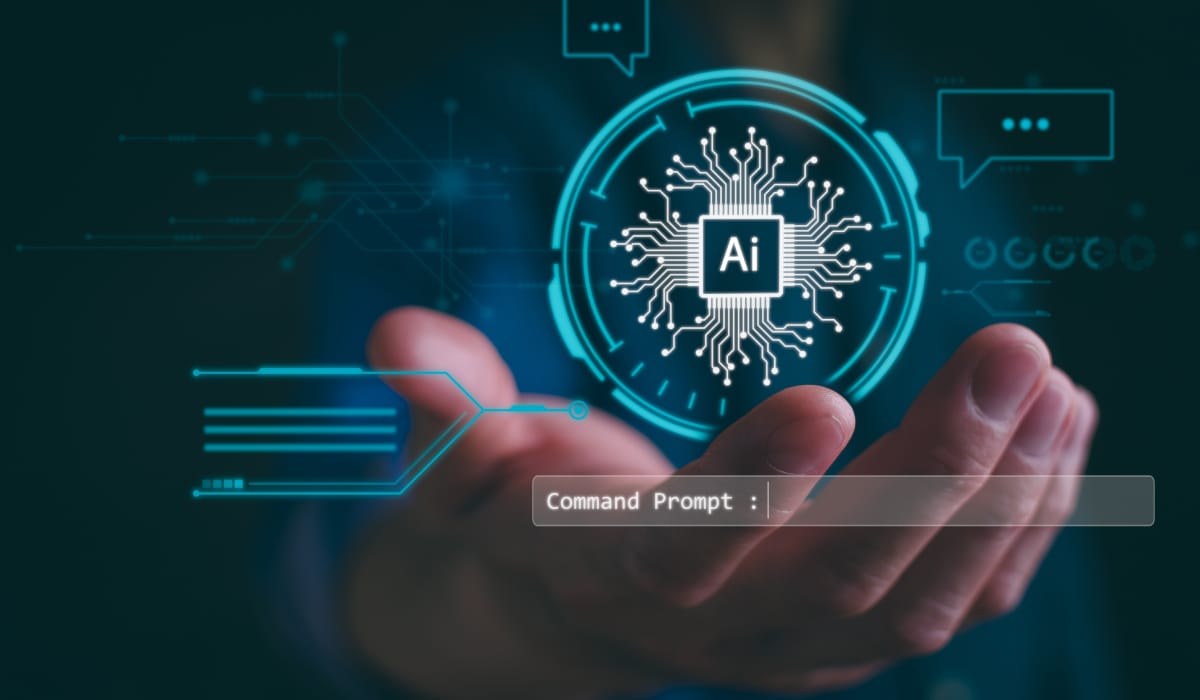Imagine waking up to a gentle melody, chosen by AI based on your sleep cycle. No jarring buzz, just a gradual brightening of the smart light mimicking a sunrise. As you stretch, the bathroom mirror displays your daily health metrics – sleep quality, heart rate, even a subtle suggestion for a vitamin boost based on yesterday’s data. It also reminds you of an upcoming virtual doctor’s appointment and confirms the AI has already prepped the relevant information for the physician. The AI-powered coffee maker has your favorite blend ready, the aroma filling the kitchen as you glance at the news summary curated for your interests.
During breakfast, you scroll through movie recommendations for the evening. The AI has learned your preferences over years of viewing, suggesting a classic film you’d somehow missed, along with a newly released indie darling. Decisions, decisions… you mentally bookmark the classic for later. The AI also proactively suggests a few dinner recipes based on ingredients you have on hand and your dietary preferences, factoring in the time you’ll have available after work. It even suggests a new recipe you might enjoy, incorporating a rare spice you recently purchased.
Time to get ready for work. Your wardrobe assistant, an AI, has already selected an outfit based on the day’s weather forecast, your calendar appointments, and considers your expressed preferences for certain fabrics and styles. No more frantic searching through the closet! As you dress, you listen to a podcast recommended by the AI, tailored to your current mood and recent listening history.
Your commute is effortless thanks to the self-driving car. You simply input the destination, and the AI-powered navigation system takes over, proactively adjusting the route based on real-time traffic data, construction, a sudden downpour reported by the city’s AI network, and even a minor accident reported nearby. The car’s AI also manages the music, seamlessly transitioning between genres based on your mood and the time of day.
At work, you, a project manager, rely heavily on AI tools. AI algorithms analyze project data, identify potential bottlenecks, and suggest optimized workflows. It helps schedule meetings, considering everyone’s availability, preferences, and even their preferred meeting room temperature. During a quick break, you check in with your AI-powered home management system – making sure the thermostat is set correctly, the lights are off, and the robotic lawnmower has completed its scheduled maintenance.
Lunch is a quick and healthy affair. Your AI nutrition app suggests a nearby restaurant with options that aligned with your dietary goals and recent workout. It pre-orders your meal, so it was ready when you arrived. It alerts you to a special discount available only today.
Back at the office, AI helps you prepare for an important presentation. It generates data visualizations, anticipates potential audience questions, and offers suggestions for improving your delivery. It provides real-time translation during a video conference with international colleagues, ensuring smooth communication. The presentation goes smoothly, with the AI quietly working to ensure everything runs seamlessly. Later, you attend an international conference via holographic telepresence, interacting with colleagues from around the globe as if you were in the same room.
You also get an update from the AI tutor helping your children with their after-school studies, noting their progress in math and suggesting some interactive exercises for the evening.
On your way home, you stop at the grocery store. Your AI shopping assistant has already created a list based on your usual purchases, recent meal plans (including the dinner recipes suggested earlier), and any items running low in your smart fridge. It guides you through the store, optimizing your route to minimize shopping time. It alerts you to a recall on a product you regularly purchase, suggesting a safe alternative.
At home, you relax while the AI-enabled robotic chef prepares the dinner recipe suggested by the AI. The instructions are relayed directly to the robot, which efficiently and precisely handles all the cooking. The AI even suggests a wine pairing for the meal. After dinner, you finally relax by watching the movie you’d chosen that morning. The AI adjusts the lighting and temperature in the living room to create the perfect viewing ambiance. Meanwhile, the AI-powered cleaning robots quietly tidy up the house. After the movie, the AI suggests a calming meditation app to help you unwind before bed.
As you drift off to sleep, your smart mattress, equipped with AI sensors, tracks your sleep patterns, adjusting the temperature and firmness to optimize your rest. The AI analyzes your sleep data to provide personalized recommendations for improving sleep quality. It was a day seamlessly interwoven with AI, not in a scary, dystopian way, but in a helpful, supportive way, making life more efficient, personalized, and enjoyable.
Key AI Applications and Insights:
This glimpse into a potential future highlights the transformative power of AI across various aspects of daily life. We saw AI assisting with:
- Personalized Health Management: From sleep tracking and vitamin suggestions to proactive appointment reminders and prepped medical information, AI can play a significant role in preventative care and personalized medicine.
- Smart Home & Lifestyle Management: AI manages everything from news summaries and wardrobe selection to home systems, robotic lawn care, and even children’s education, freeing up time and reducing daily hassles.
- Enhanced Commuting & Navigation: AI-powered navigation systems go beyond basic directions, adapting to real-time conditions and enabling self-driving vehicles.
- Optimized Workflows & Productivity: AI assists with project management, scheduling, presentations, and real-time translation, boosting efficiency and collaboration. Holographic telepresence (while enabled by various technologies, AI can certainly play a role in optimizing the experience) facilitates international meetings.
- Personalized Nutrition & Dining: AI suggests recipes, optimizes grocery shopping, alerts you to deals and product recalls, and assists with cooking through robotic chefs.
- Personalized Entertainment & Relaxation: AI recommends movies, adjusts ambiance, and suggests relaxation techniques.
- Personalized Education: AI tutors can provide customized learning support for children, adapting to their individual needs and pace.
- Automated Home Maintenance: AI-powered robots handle cleaning and lawn care.
These examples demonstrate how AI can move beyond simple automation to become a truly intelligent assistant, anticipating our needs, optimizing our choices, and enhancing our overall quality of life. While some of these applications are already a reality, others are still on the horizon. The key takeaway is that AI’s potential lies not just in replacing human tasks, but in augmenting human capabilities and creating a more personalized and efficient world. What other AI applications do you envision shaping our future? Share your thoughts in the comments below!




